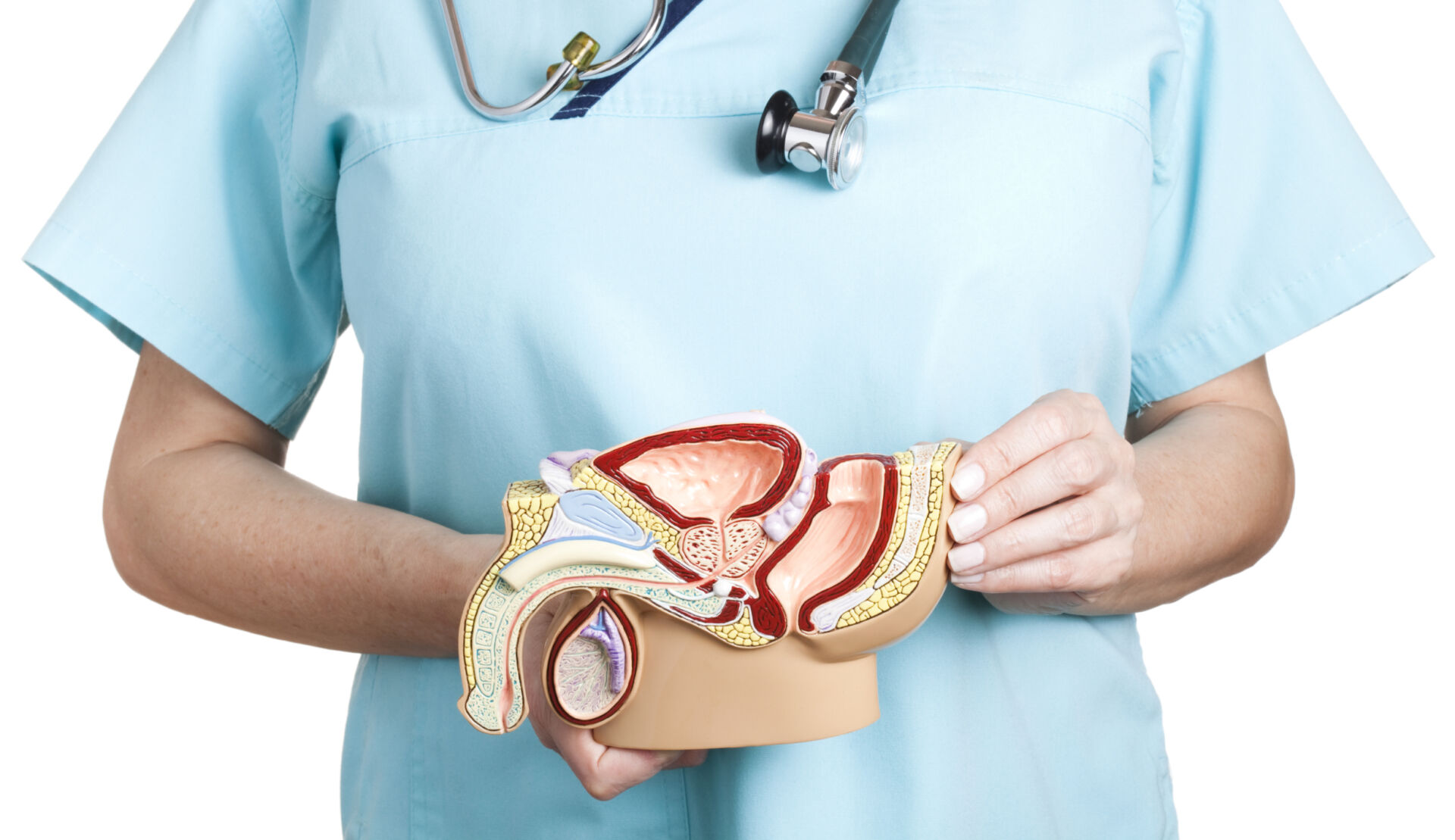
Multi-parametric MRI enables more precise imaging of the prostate
Ultrasound and biopsy are considered reliable methods of diagnosing prostate cancer in men. Newer diagnostic techniques using magnetic resonance imaging (MRI) obtain even more precise images of the area under examination. The standard diagnostic procedure is ultrasound-guided biopsy. MR Imaging techniques are then used when further examination is required. The purpose of the MRI is to determine the size of the tumor and its exact location, whether the lymph nodes are also affected, and whether the cancer has metastasized to the bones or other organs.
When is MRI used?
Prostate carcinoma is mostly diagnosed by ultrasound and biopsy. In some cases, however, the biopsy does not reveal any abnormalities, even if the PSA level in the patient’s blood continues to rise, which suggests the presence of prostate cancer. This is an indication for doctors to use more sophisticated imaging techniques such as multiparametric MRI. This is a special form of magnetic resonance imaging that provides more precise images of the tissue. In some cases, this examination can also help to assess whether surgery is an option or not.
How does MRI improve accuracy?
MRI uses a magnetic field that influences the hydrogen atoms in the body. This produces signals that the MRI can use to create an image of the inside of the patient’s body. A multiparametric MRI creates several sequences, which provide an even more accurate image of the prostate and adjacent organs and structures. A contrast medium is also administered to the patient. When diagnosing suspected prostate cancer, the device produces a score; depending on this value, a tumor can be classified as highly likely (score 5) or highly unlikely (score 2). An MRI makes it easy to distinguish between cancerous tissue and healthy tissue.
Sep 30, 2018 | Cole Parrish
 Find a Center
Find a Center Contact Us
Contact Us